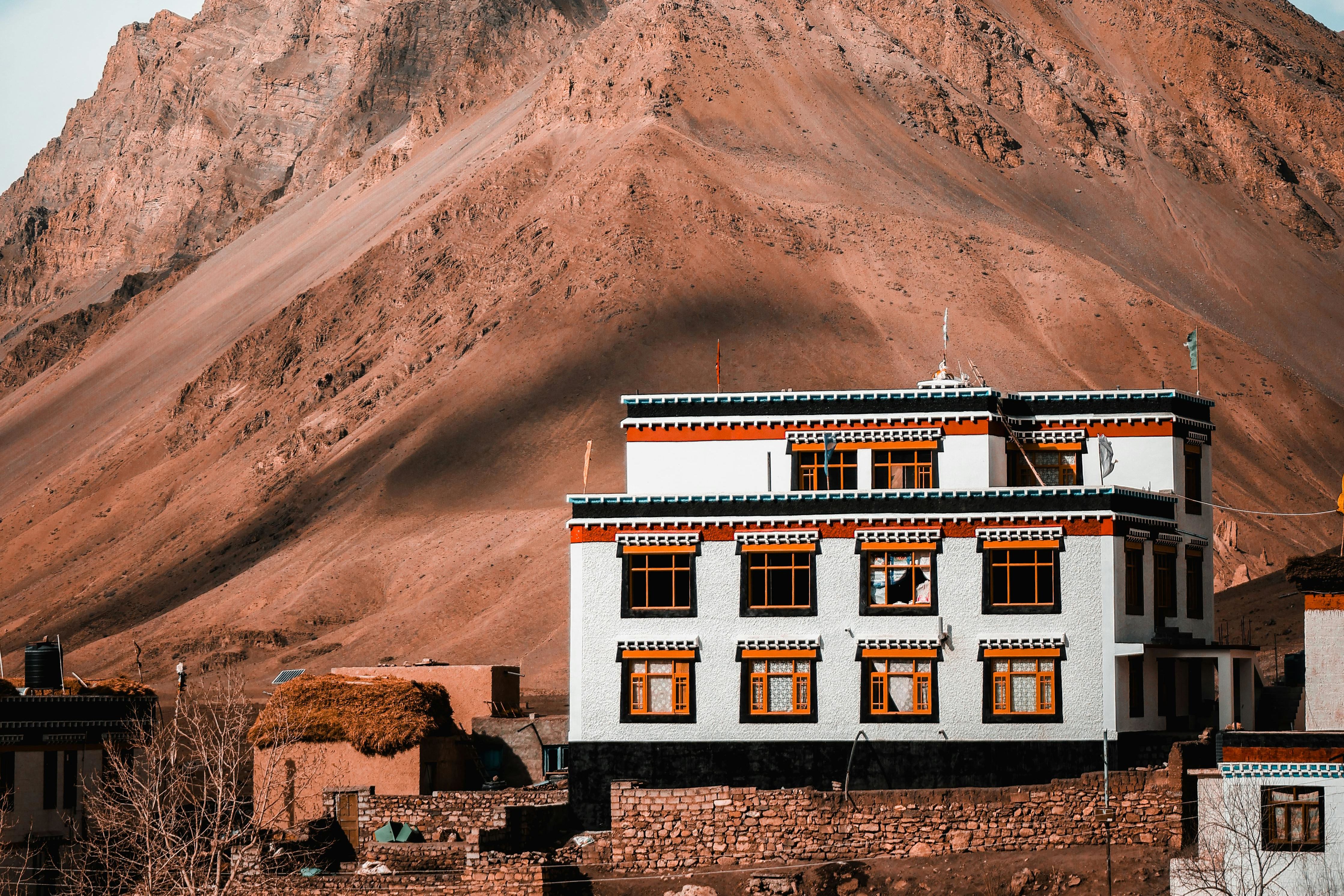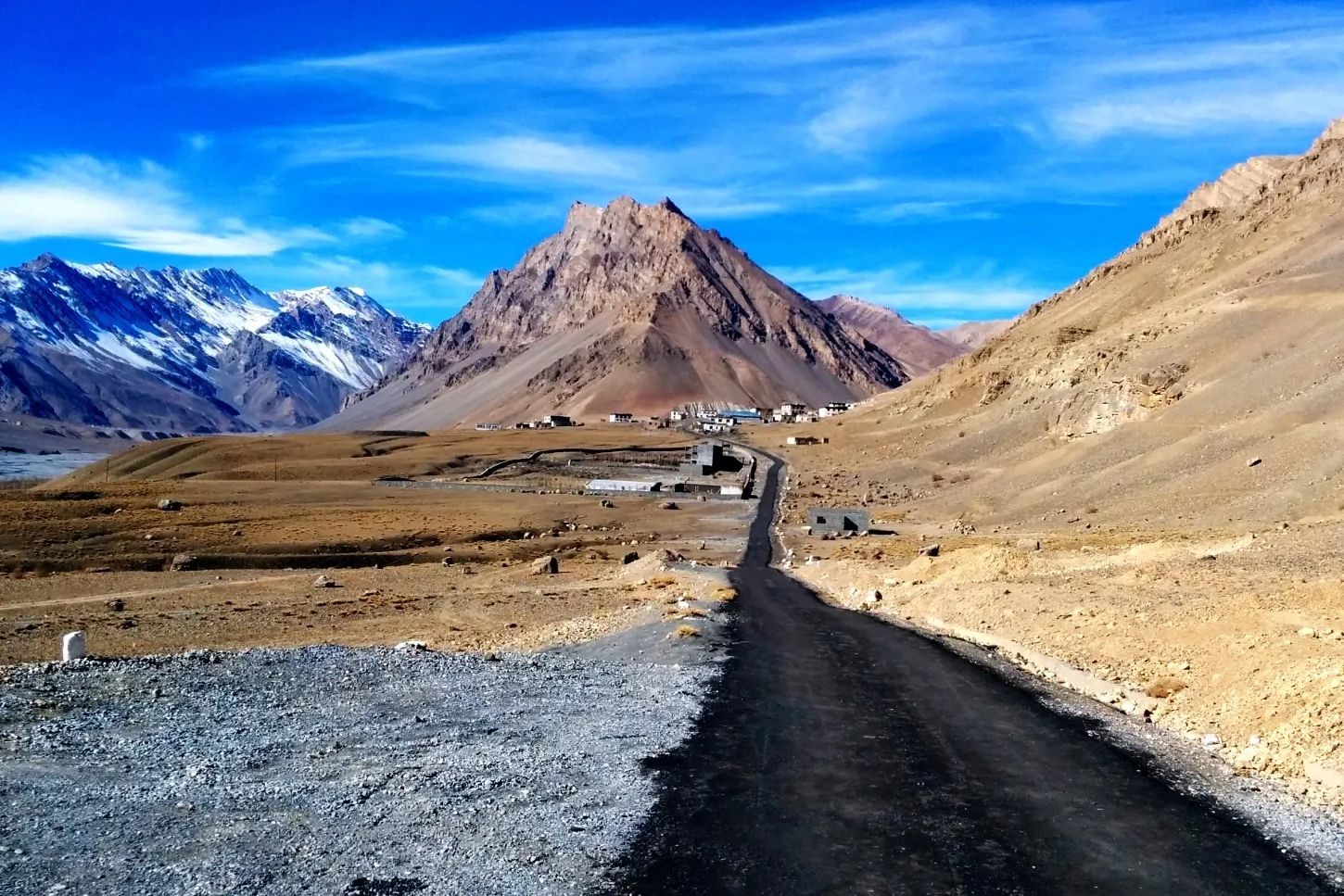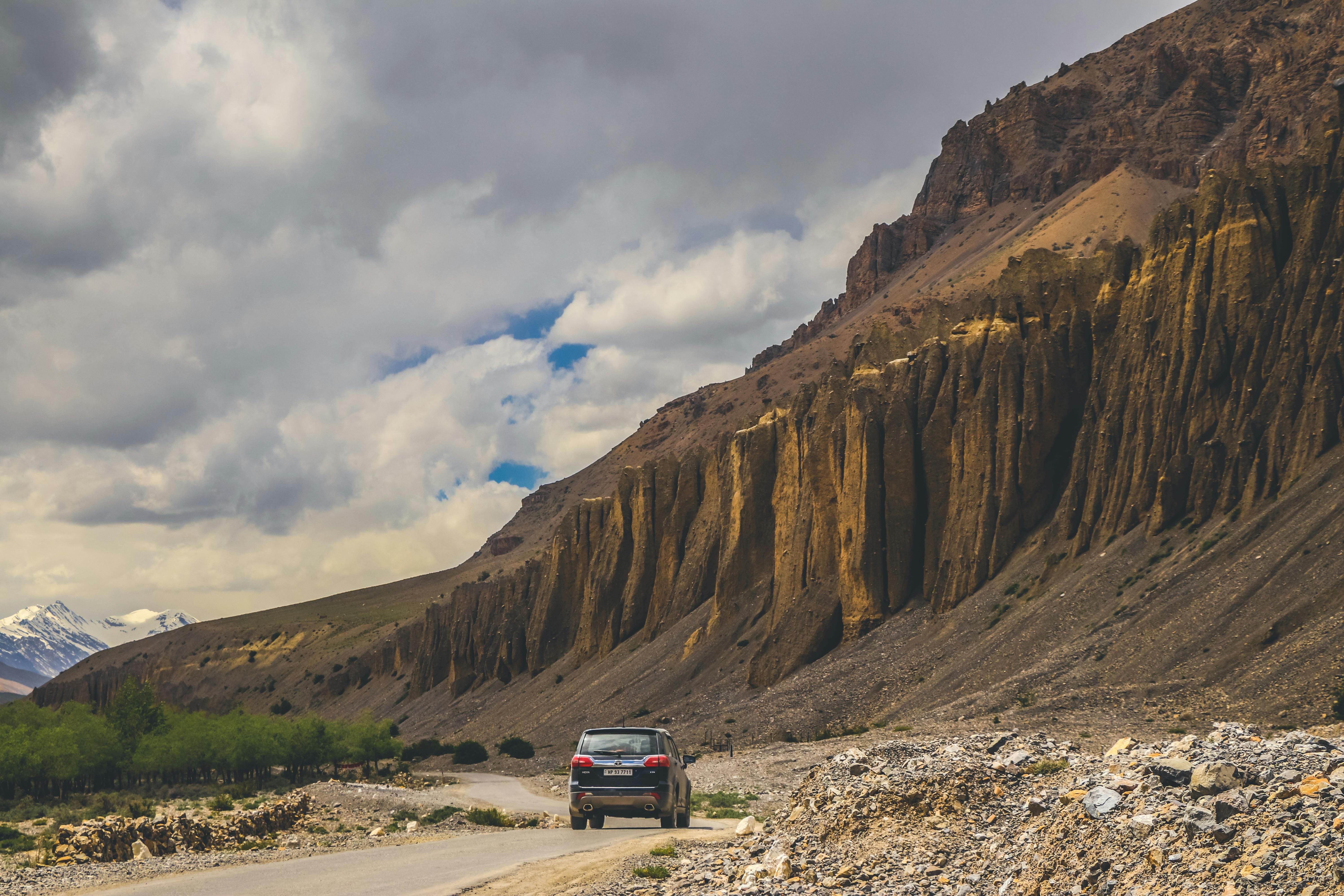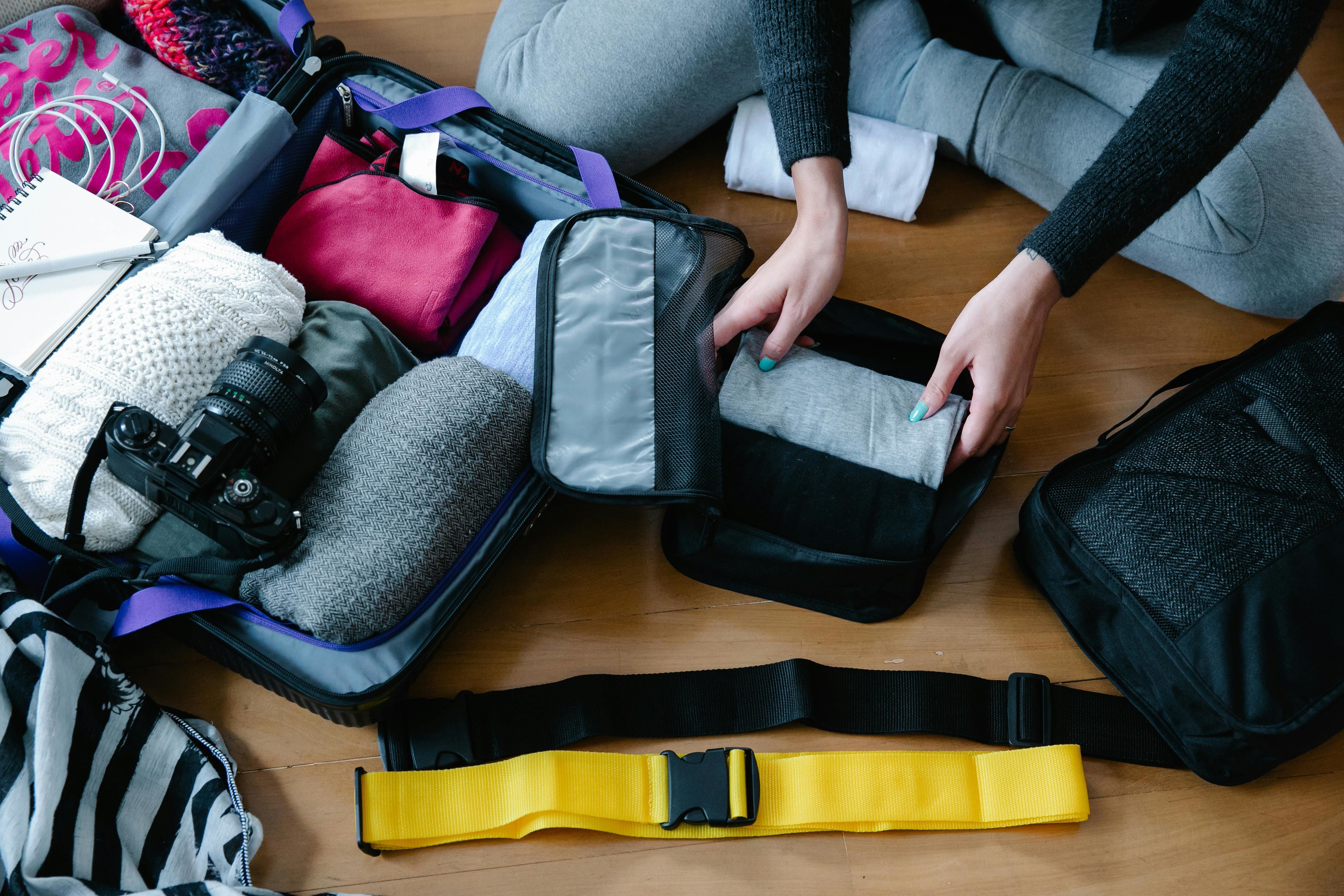Best Season to Travel to Spiti Valley

Summer (April to June): The Ideal Time for a Spiti Valley Road Trip
Summer is widely regarded as the best season to travel to Spiti Valley, particularly for first-time visitors. During these months, the climate here is relatively mild, with daytime temperatures ranging from 15°C to 25°C and cooler nights.
The roads, including the popular routes from Manali and Shimla, are generally open and in good condition, making it the best time for a road trip.
-
Why Visit in Summer ?
-
Road conditions: The roads from Manali and Shimla are accessible, with minimal snow blockages by late April.
-
Summer trip: Perfect for sightseeing, trekking and exploring attractions like Key Monastery, Dhankar Monastery, and Pin Valley National Park.
-
Trekking: Popular treks like Pin-Parvati and Hampta Pass are feasible due to clear weather.
-
Scenic beauty: The barren landscapes bloom with patches of green and the clear skies enhance visibility of the snow-capped peaks.
-
Photography: The vibrant colors of the landscape, coupled with clear daylight, make summer ideal for capturing the landscapes.
-
-
Best time to visit Spiti Valley from Delhi: Summer is convenient for travelers from Delhi, as the 16-20 hour drive via Manali or Shimla is safer and more comfortable.
-
Festivals: The summer months often coincide with local festivals like the Ladarcha Fair, offering a glimpse into the culture.
-
Homestays and Camping: Homestays and campsites are fully operational, providing comfortable accommodations.
Tip for Budget Travelers: Summer is peak season, so book accommodations and travel packages early to secure better rates. This is also the best time to visit for budget travelers, as accessibility reduces transportation costs.
Monsoon (July to September): Off-Season

The monsoon season is considered the off-season due to unpredictable weather and challenging road conditions. While the valley itself receives minimal rainfall, being a cold desert, the routes leading to Spiti, particularly from Manali, can be affected by landslides and heavy rain in lower regions like Kullu and Kinnaur.
However, this season has its own charm for those seeking solitude.
-
Why Visit in Monsoon ?
-
When to visit Spiti to avoid crowds: The monsoon sees fewer tourists, offering a peaceful experience.
-
May or September – which is better ?: September is preferable, as the rains subside, and the roads stabilize, making it safer for a Spiti Valley road trip from Delhi.
-
Attractions: The monasteries and villages are less crowded, allowing for a more immersive cultural experience.
-
Permit Requirements: Ensure you have the necessary Inner Line Permits, as checkpoints are strict during this season.
-
Caution: Check Manali to Spiti road status regularly, as landslides can disrupt travel plans. Monsoon is not the best time for a trip by bike due to slippery roads and potential closures.
Winter (October to March): Spiti Valley in Winter

Winter transforms Spiti into a snow-covered wonderland, but it’s also the most challenging time for travel. Temperatures can plummet to -20°C or lower and heavy snowfall often closes the Manali to Spiti Valley route. The Shimla-Kinnaur route remains the primary access point, but even this can be treacherous.
-
Why Visit in Winter ?
-
Best time to visit Spiti for snowfall: From late December through February, the valley transforms into a winter wonderland, covered in pristine snow that creates a magical atmosphere.
-
Best time to visit Spiti for stargazing: The clear winter skies provide unparalleled views of the Milky Way, making it a haven for astrophotographers.
-
How to plan a trip to Spiti in winter: Opt for guided Spiti Valley travel packages, as expertise is crucial for navigating snow-covered roads and extreme weather.
-
Adventure in Spiti: Winter trekking and snow leopard spotting in Hem Dagna Village are unique experiences for thrill-seekers.
-
Is Spiti safe to visit in December ?: While safe with proper precautions, winter travel requires heavy winter gear, experienced drivers, and backup plans for road closures.
-
Tip: For photography enthusiasts, winter is the ideal season to explore Spiti, offering stunning shots of snow-covered vistas and icy waterfalls. However, ensure you’re prepared for the high-altitude travel challenges and cold desert travel tips, such as carrying sufficient warm clothing and emergency supplies.
When is Spiti Valley Open for Tourists ?

Spiti Valley is accessible to tourists year-round via the Shimla-Kinnaur route, though the Manali route typically opens from late April to October. The best months for a road trip to Spiti are May, June, and September, when road conditions are stable, and the weather is favorable.
Always check with local authorities for the latest road status and ensure you have the required permits for restricted areas like Kibber and Langza.
Ideal Time for Specific Activities

-
Best time to visit Spiti Valley by bike: May to June and September are ideal for a road trip by bike, as the roads are dry, and the weather is pleasant.
-
Ideal time for a photography trip: Summer (April to June) for vibrant landscapes and winter (December to February) for snowy vistas and stargazing.
-
Best time for stargazing: Winter months, especially January and February, offer crystal-clear skies for astrophotography.
-
Backpacking: Summer and early autumn (September) are perfect for backpackers due to accessible trails and moderate temperatures.
-
Spiti holidays: Summer for cultural festivals and winter for unique snow experiences.
Itinerary Suggestions

For a well-rounded trip, consider the following itineraries based on the best time to visit:
-
Summer Itinerary (7-10 Days): Start from Delhi, travel via Shimla or Manali, and visit key Spiti Valley attractions like Kaza, Tabo, Dhankar, and Chandratal Lake. Include trekking and camping for an immersive experience.
-
Winter Itinerary (5-7 Days): Focus on snow-covered villages like Kaza and Kibber, with guided tours for snow leopard spotting and homestays for warmth and local food experiences.
-
Monsoon Itinerary (5-7 Days): Stick to the Shimla-Kinnaur route, exploring monasteries and enjoying the tranquility of off-season travel.
Practical Tips

-
Acclimatization: Given the high-altitude travel, spend a day acclimatizing in Kaza or Tabo to avoid altitude sickness.
-
Local Food: Try local dishes like Thukpa and Momos at homestays or small eateries to immerse yourself in Spiti culture.
-
Packing Essentials: Pack layered clothing for summer, heavy woolens for winter, and sunscreen year-round due to intense UV exposure.
-
Connectivity: Mobile coverage is patchy in Spiti, so always update someone about your travel schedule before you go.
-
Sustainable Travel: Respect the fragile ecosystem by avoiding plastic waste.
Why Spiti Valley is a Must-Visit Destination
Spiti Valley offers an unparalleled experience for those seeking offbeat places in India. Whether it’s the thrill of a Himalayan road trip, the serenity of monasteries, or the adventure of trekking, this cold desert destination has something for everyone.
By choosing the best time to visit based on your interests—be it photography, stargazing or cultural exploration—you can craft a Spiti adventure that leaves you with memories to cherish.
Plan your Spiti Valley trip today, keeping in mind the season and weather conditions and embark on a journey to one of India’s most breathtaking destinations.
Whether you’re traveling from Delhi or exploring as part of a summer vacation in the Himalayas, Spiti Valley promises an unforgettable experience.

